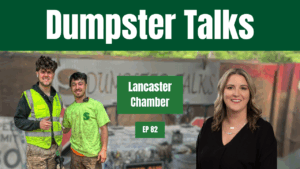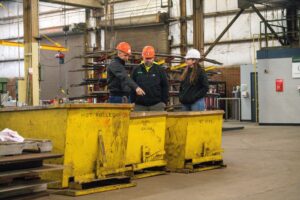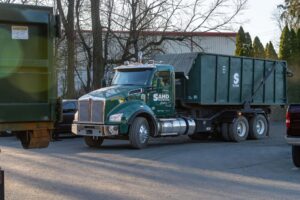At Sahd Metal Recycling, we understand that we are all in the sustainability game together! As a society, we are responsible for creating the best future for our children by using the most sustainable products and processes we have at our disposal to accomplish the goal.
Our industry responsibly processes metals that would otherwise be landfilled and turns them into new products. Yes, that process can utilize resources, and every day our industry is looking at better ways to produce green steel, use more recycled content, and look for alternative solutions (hydrogen torching vs. propane/oxygen) All of this is placed in context as the alternative to this less than perfect process is digging into the ground for new material at an exponential cost to the environment and the bottom line.
So when I saw the article on a study on the sustainability of steel bridges from the Short Span Steel Alliance, I was initially very impressed:
The study evaluated short-span steel bridges in rural settings as opposed to the same bridges made of concrete. If you believe the numbers, the steel industry currently accounts for about 8% of global emissions and concrete 7%, so a study on each is important as the materials represent 15% of worldwide emissions! It analyzed the materials inherent in the bridge, the processes and shipping necessary, the life cycle cost, and the end recycling options of each bridge. It came up with a 26.3% savings in CO2 emissions, 8.7% more energy, and 17.8% less material. These are real savings and multiplied have a real impact. All of which is a win for the industry, the environment, and those who support sustainable practice.
Of course, I’m no expert on the study’s validity, methodology, or any of the Short Span Steel Alliance’s inputs. Any other competing association could dispute or replace the study with their own. At first glance, as a steel recycling company for the industry, this study is welcome news, even with the understanding that concrete bridges also have plenty of steel built into their infrastructure. It was a headline that grabbed my attention, and It certainly was tempting to cheer the study on!
However impressive the story is, our society’s true path to sustainability will need to encourage all partners to gradually improve processes, materials, and procedures to have a society-wide win for everyone. The concrete industry, like the steel industry, is undergoing a greening of industry, and some products have come online that have cut emissions, and the industry touts their usage. One such company is Carbon Cure Technology. The company describes its product in this way:
CarbonCure manufactures carbon dioxide removal technologies for concrete producers of all sizes. The technology injects a precise dosage of captured carbon dioxide into concrete during mixing, where it mineralizes. Once injected into the concrete mix, the CO₂ reacts with calcium ions from cement to form a nano-sized mineral, Calcium Carbonate, which becomes embedded in the concrete. This improves the concrete’s compressive strength, enabling mix optimization, significant carbon footprint reductions, and cost savings.
Like the green steel process, this technology should be celebrated by all of us, and it is very encouraging that many companies are proactively adding CarbonCure into their mixes. According to the company’s case studies, local manufacturer Conewago Manufacturing adds CarbonCure in 99% of their mixes and in the first nine months of usage, has saved 343 tons of CO2! Here’s a link to the full case study.
Any report, study, or news item that draws attention to a sustainability focus is very good, and we must celebrate it. However, we will all grow quicker if we encourage everyone to improve together, highlight all efforts, and not play one off against the other as the “ideal solution.” Incremental change in a positive direction is what ultimately will turn the tide. If there needs to be any evidence of this, a look at fossil fuel consumption this year and the increased cost of that consumption of this resource due to the cutoff of investment in fossil fuels as we attempted to turn off the switch too quickly instead of concurrently investing in improvements and cleaner alternatives while investing in solar, wind, hydro and geothermal solutions for the long run.
Let’s all work together to support all of our sustainable initiatives. We will make our world a better place by utilizing the power of positive peer pressure.












